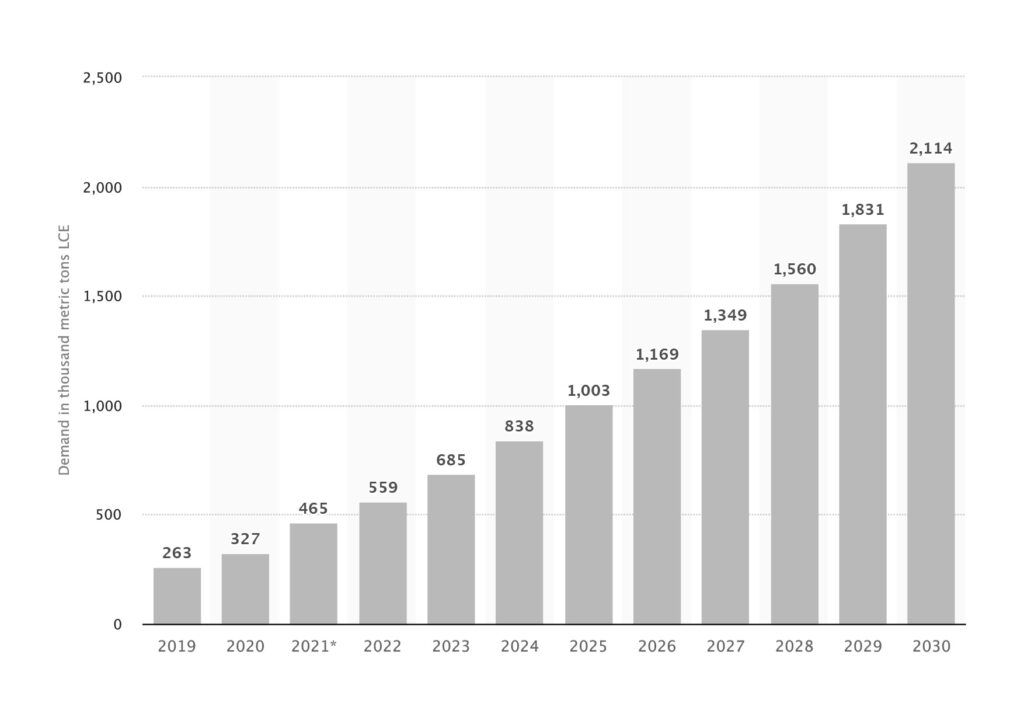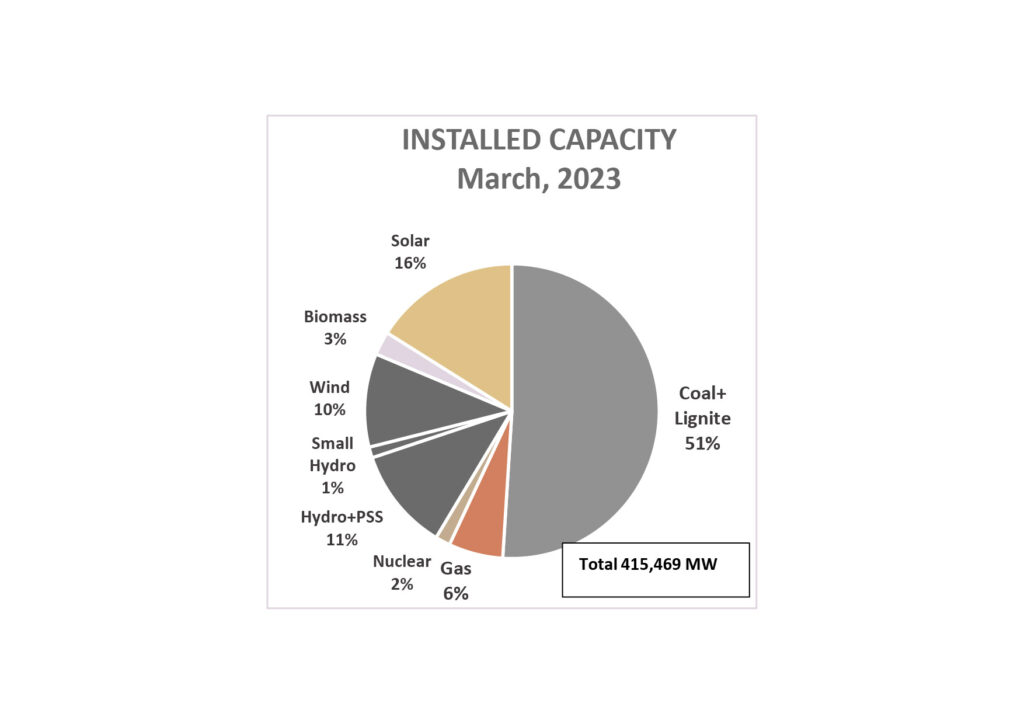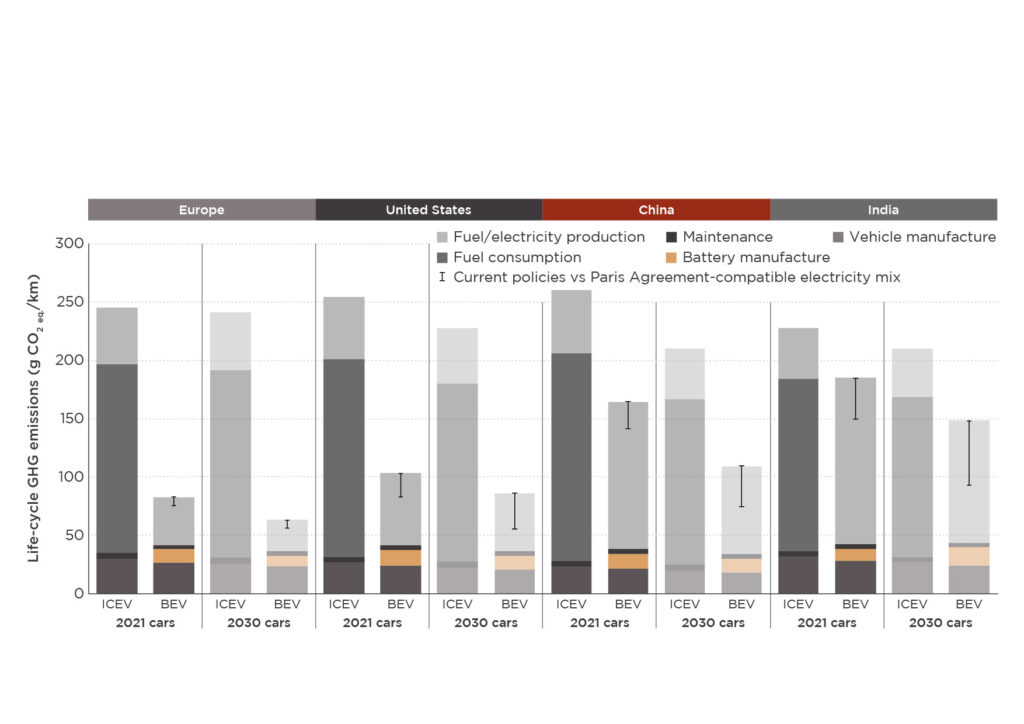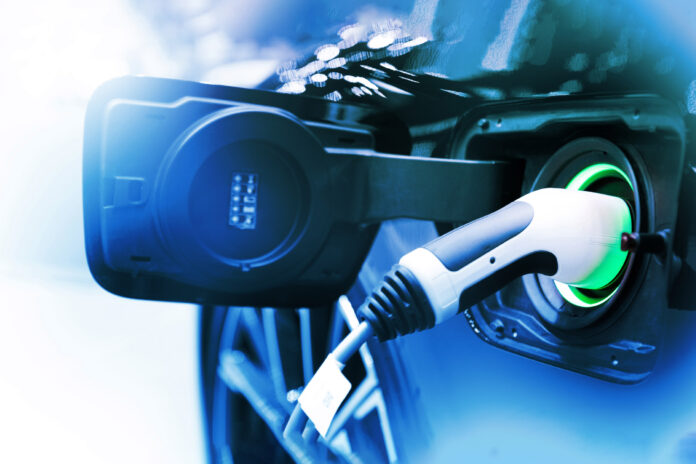Listen closely, and you’ll hear a faint humming in the distance. It’s the sound of a future fast approaching us, an electric one that promises to change the face of human mobility. And there are good reasons to be pursuing this path; we stand at a precarious crossroad, with CO2 emissions threatening the very future of humankind, with the threat of climate change being very real and present the world over.
Italy was pummelled by giant hailstones—moments after its people suffered heatstrokes caused by temperatures going up to 47°C. The ice cap in the Antarctic is melting at record rates. There’s a Category 5 heatwave in the North Atlantic Ocean. And closer to home, it’s not much better. The onset of 2023 was marked by scorching temperatures that shattered a 123-year-old record in February. And then, just to balance things out, torrential rains, landslides, and flooding are wreaking havoc across Northwest India and Himachal Pradesh, with Delhi recording the highest level of rainfall in four decades.
As we accelerate towards a greener future, electric cars have been proclaimed as the panacea for all ills, an environmentally friendly means of transport that will help save the planet. But are they really as beneficial as they seem when compared to traditional Internal Combustion Engine (or ICE) vehicles?
Allow me to preface this by stating for the record, that I am a staunch car enthusiast (that most stubborn and bizarre breed of hobbyist), but I am at the very least intrigued by the emergence of Electric Vehicles (EVs), and wonder just how green they are, and if they truly will help stem the tidal flow of events linked to climate change.
You see, much as I might like my drives to be soundtracked by the roar of an ICE engine, all of these climatic changes we’re witnessing are making me ponder if I should travel the perennially flooded streets of Mumbai in a boat, a la Kevin Costner from Waterworld. And more than anything else, I’m curious to try and better understand if EVs truly are the answer to the question marks surrounding the future of humankind.
So are EVs our deliverance, or the devil itself?
The argument against EVs
Broadly speaking, the argument against EVs are three-fold, namely that
- Mining lithium is worse for the environment than the production of combustion vehicles
- EVs are not the answer when the electricity to power them comes from a coal-fired plant, and
- Ethical concerns abound around the mining of cobalt
Leaving aside the ethicality of cobalt mining, the argument against which can be a lengthy treatise in itself, the truth is that the initial environmental footprint from producing an EV is deeply negative when compared to the production of an ICE car.
What’s more, an EV has roughly double the production footprint of a typical ICE vehicle. Both have similar embedded production emissions from, for example, producing the body of the vehicle, which is between five and ten tons of CO2e emissions, depending on its size and production location. On top of that, however, producing a typical EV (with a 75-kWh battery pack) emits more than seven tons of CO2e emissions on the battery alone. And on bigger batteries, that footprint becomes even more humongous.

Simply put, any EV uses a large amount of lithium to power itself, and the mining needed to produce lithium en masse has a hugely detrimental impact on the environment at the very outset. Currently, most lithium is extracted from hard rock mines or underground brine reservoirs, and much of the energy used to extract and process it comes from CO2-emitting fossil fuels. Particularly in hard rock mining, for every tonne of mined lithium, 15 tonnes of CO2 are emitted into the air.
To put that number in perspective, the International Energy Agency (IEA) estimates that an electrified economy in 2030 will likely need anywhere between 250,000 and 450,000 tonnes of lithium, so one can only imagine the sheer quantum of emissions unless the entire process becomes wildly more efficient.
This breakneck pace of growth shows no signs of abating, with the new edition of the IEA’s annual Global Electric Vehicle Outlook showing that more than 10 million electric cars were sold worldwide in 2022, and that sales are expected to grow by another 35% to reach 14 million in 2023. There are no brakes on this runaway train; the IEA goes on to estimate that global electric car numbers will expand to almost 350 million vehicles by 2030.

While building these vehicles calls for an enormous amount of lithium, other concerns too surround the batteries in EVs, such as its storage, recycling, and disposal given the volatile nature of the battery itself. We are simply not at a point where we can safely process and handle the large amounts of lithium-ion batteries that will at some point get past their use-by dates, and this calls for industry to step up to the plate and resolve this challenge. Necessity is the mother of invention, and we’re certain that this piece of the puzzle will be resolved by intrepid organisations and entrepreneurs.
Cleaning up the energy mix
Powering all those vehicles calls for a large supply of electricity too, which brings us to other stick used to beat EVs; that of the source of electricity itself. In India, while thermal power continues to rule the roost in India’s energy mix, the Central Energy Authority (CEA) reported that the share of solar and wind power energy in India’s generation capacity mix has increased to 26% as of March, 2023. The report added that a renewable energy based capacity of 180.4 GW – 145.9 GW of solar and 34.5 GW of wind – is required by 2030 in addition to the 117 GW – 92.5 GW of solar and 25 GW of wind – which is currently under the implementation stage. 11,494 MW of hydro projects are also currently under construction, with the CEA pinpointing the need for an additional 389-MW of large hydro capacity by 2030.
As of March 2023, the installed capacity of the country was 415.4 GW, which comprises 236.68 GW from thermal, 6.78 GW from nuclear, and 171.8 GW from renewable energy sources. Of these clean energy capacity, 42.1 GW is from hydro, 66.8 GW from solar, 42.6 GW from wind, and 4.7 GW from small hydro.

Notably, while the share of coal-based capacity is 51% of total capacity mix as on March, 2023, this represents a decline, as it contributed to about 73 % of the total electricity generation of the country during 2022-23.
You might wonder what the point of all these stats are. What we’re saying is this; when you pair zero emissions cars with renewable energy (as it is increasingly the case in India), the effect on the environment is decidedly less detrimental than if it were running on energy derived from coal-fired power plants. So, hypothetically, if we can make our grids zero-carbon, vehicle emissions will drop rapidly, whereas event the most fuel-efficient ICE vehicles (such as hybrids) have a baseline of emissions they simply can’t lower.
That said, electric grids still need to get much cleaner before electric vehicles are truly emissions-free. But the progress made towards greener energy is heartening.
Clean, green mobility machines
Now, while we’ve established that EVs start at a distinct disadvantage in their life cycle when it comes to Greenhouse Gas (GHG) emissions before they even hit the dealership, they produce significantly fewer emissions from that point on once sold, with the GHG gap quickly closed with what most would consider normal real-world mileage. In a study conducted by the University of Michigan (with a grant from the Ford Motor Company), EVS even out the pollution imbalance in 1.4 to 1.5 years for sedans, 1.6 to 1.9 years for S.U.V.s, and about 1.6 years for pickup trucks, based on a yearly running of approx. 15000 kilometers.
Often ignored when discussing the source of power for our vehicles is the fact that gasoline needs to be mined too. And don’t forget that there are a lot of steps between the extraction of crude oil and eventually filling it in your car, and each of those measures has an environmental impact too, with upstream emissions such as transporting and storing fuel accounting for 20% of the fuel emission by itself.
Even if you leave aside the consideration that oil refinement is responsible for a daily emission of 767 million tons of CO2, ICE vehicles are at a significant disadvantage, expected to emit 50 metric tons of CO2 over its lifetime, and part of the reason why EVs so quickly close the GHG gap to their ICE siblings.
As illustrated in the figure below, a study by the International Council for Clean Transportation found that emissions over the lifetime of average medium-size EVs registered today are already lower than comparable gasoline cars by 66%–69% in Europe, 60%–68% in the United States, 37%–45% in China, and 19%–34% in India. Additionally, as the electricity mix continues to decarbonise, the life-cycle emissions gap between EVs and ICE vehicles increases substantially when considering medium-size cars projected to be registered in 2030.

The bottomline
According to the ICCT, the registration of ICE vehicles needs to be pared back and phased out by 2030-2035 if we are to meet the numbers laid out in the Paris Agreement and realise a significant reduction in greenhouse gas emissions. It is why virtually every country around the world is working towards this shared goal, with the objective of limiting GHG emissions.
Much as it pains me to say it, only EVs powered by renewables and fuel cell vehicles powered by genuinely green hydrogen will help us meet these emission targets. With no realistic or feasible pathway for the deep decarbonisation of ICE vehicles, the car enthusiast in me is very sad to realise vroom-vroom sounds are going the way of the Dodo, but if it is the price to be paid for future generations to breathe more freely, then so be it.
After more than a century of perfecting the automobile, massive disruption has come our way in the form of electric vehicles. And while car nuts everywhere will bemoan the death of the ICE age, the future promises to be an electrifying one, and greener to boot. Future generations will thank us for choosing to bequeath them a cleaner future than any of us might have imagined until a few years back.


